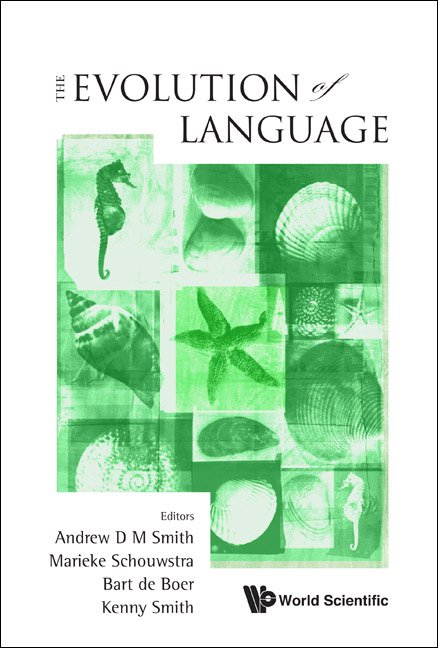COOPERATIVE BREEDING MODELS: IMPLICATIONS FOR THE EVOLUTION OF LANGUAGE
The 'cooperative breeding' hypothesis (Hrdy, 2009) and the 'grandmother' hypothesis (O'Connell, Hawkes and Blurton Jones, 1999) have combined to establish a new orthodoxy that Homo erectus social structures were fundamentally female kin-bonded (and see Knight, 2008; Opie and Power, 2008). What are the implications for the evolution of language?
Hrdy accounts for the evolution of special hypersocial tendencies in genus Homo by arguing that strategies of cooperative breeding give rise to intersubjectivity – a willingness to share what I am thinking with you, and seek to know what you are thinking of my thoughts (Tomasello et al., 2005). Other great apes, especially machiavellian chimpanzees, are capable of mind-reading, but lack any intention of cooperating in allowing their own minds to be read. Precisely when an evolving hominin mother lets others take her baby off her hands, says Hrdy, selection pressures for two-way mind-reading are set up. The mother must be socially adept to elicit support and judge motivations of the alloparent towards her offspring; the baby, once handed over, must be monitoring carefully 'where's mum gone?', at the same time as probing for signs about the intentions of the new carer; while the alloparent, necessarily a relative in the original scenario, adopts a quasi-maternal role. A whole array of behaviours sprang up to help this variegated triad of mum, baby and allocarer to keep in contact: mutual gazing, babbling, kissfeeding. Hyperpossessive great ape mothers never needed such elaborate bonding mechanisms. The only other primates which have been heard babbling are tiny South American marmosets and tamarins, whose breeding systems are fully cooperative, involving shared care and provisioning of infants by allocarers. The ancestors of the first language-users, says Hrdy 'were already far more interested in others' intentions and needs than chimpanzees are.' (2009: 38)
While the cooperative breeding/grandmothering mode! offers a plausible explanation for language-ready brains, these conditions may be necessary but not sufficient for the historical evolution of actual languages. In proposing 'emotional modernity' among H. erectus, Hrdy makes clear that she is discussing the prequel to language and symbolic culture, refraining from speculation about the transition to full cognitive and linguistic modernity. What are the problems that are not solved by this scenario? Shared infant care will not increase fitness unless the offspring's psychological development prepares it for gaining reproductive success in adult life. Hrdy draws on analogy of cooperative breeding systems among callitrichids, examining male caring behaviours, but offers little discussion of how males among early Homo would have integrated into this framework of mutual understanding. How did problems of male dominance, violence and competition for mates get resolved? A cooperative childcare system implies quasi-sibling solidarity among children. Unless that principle of solidarity can be extended into adulthood, encompassing sexual relationships, selection for intersubjectivity will be limited and language will not evolve.
Note from Publisher: This article contains the abstract and references.



